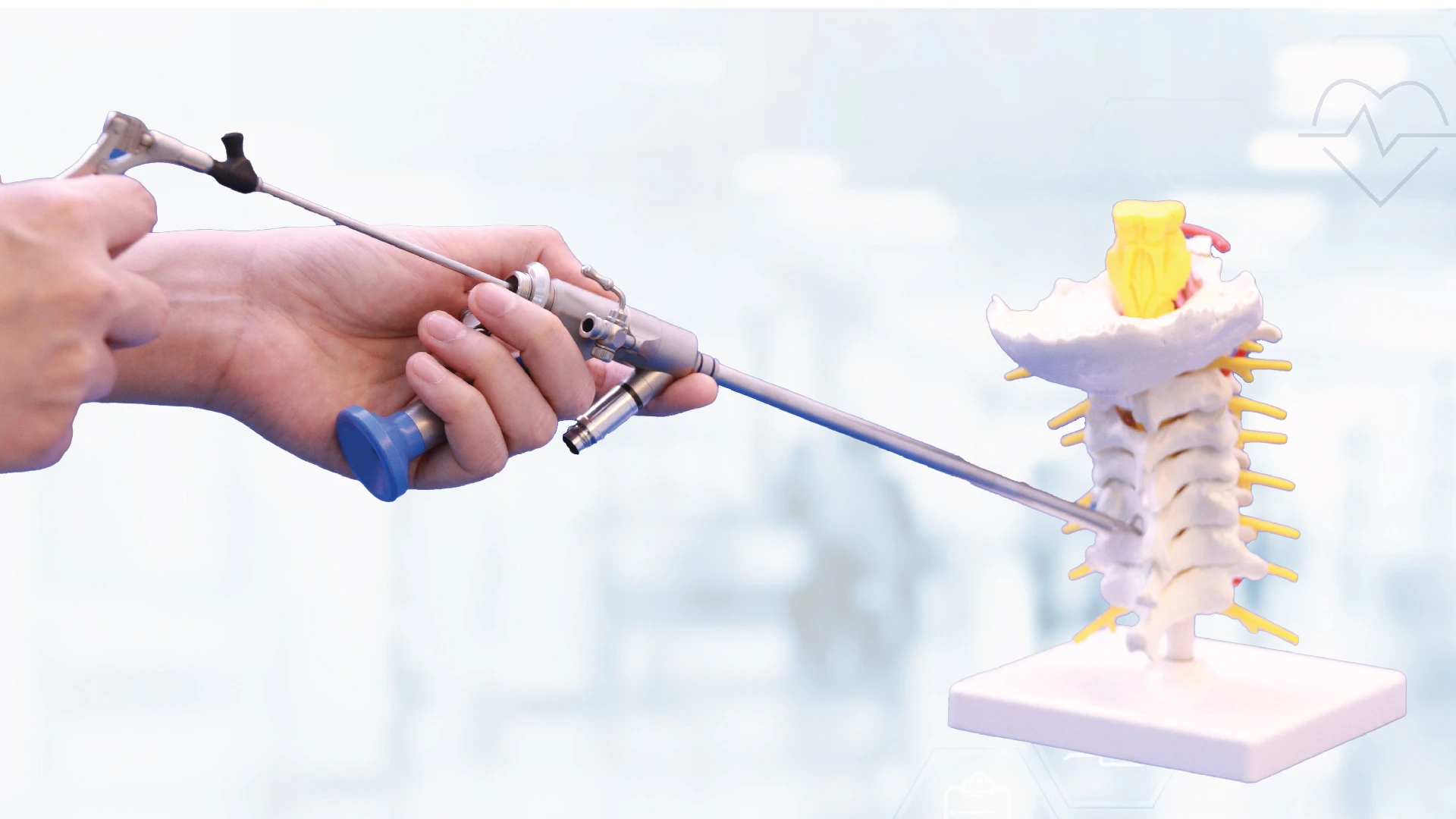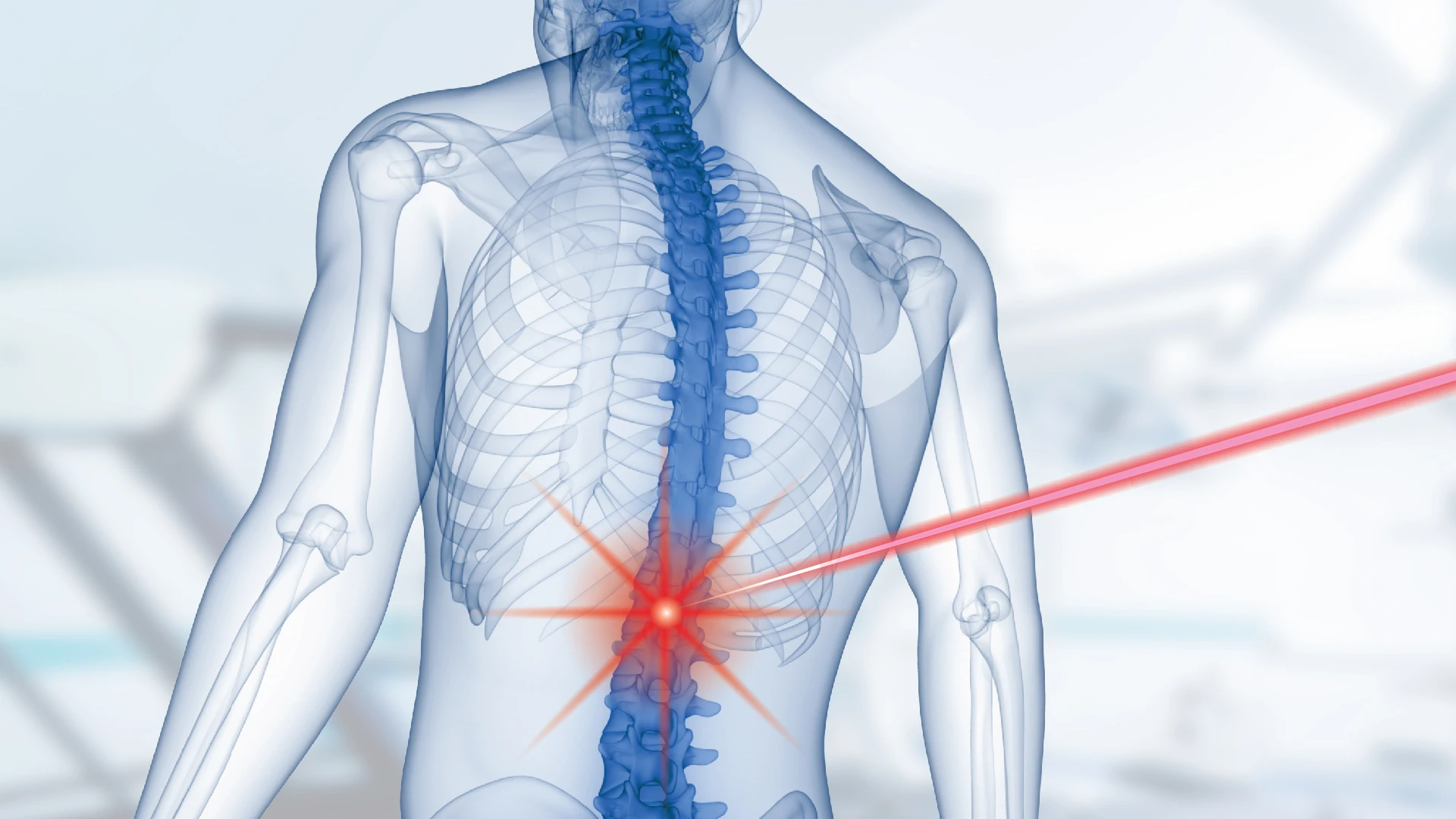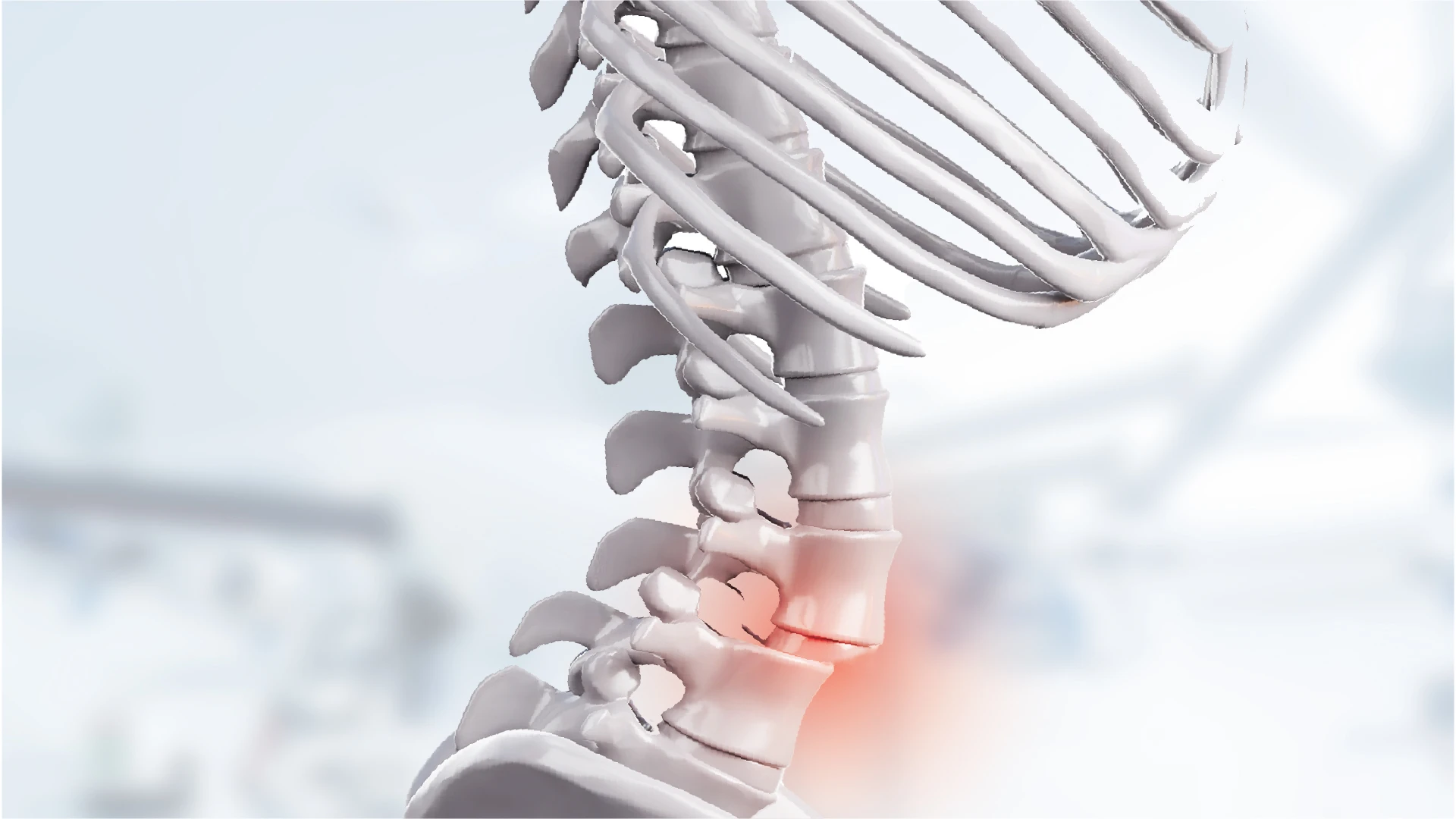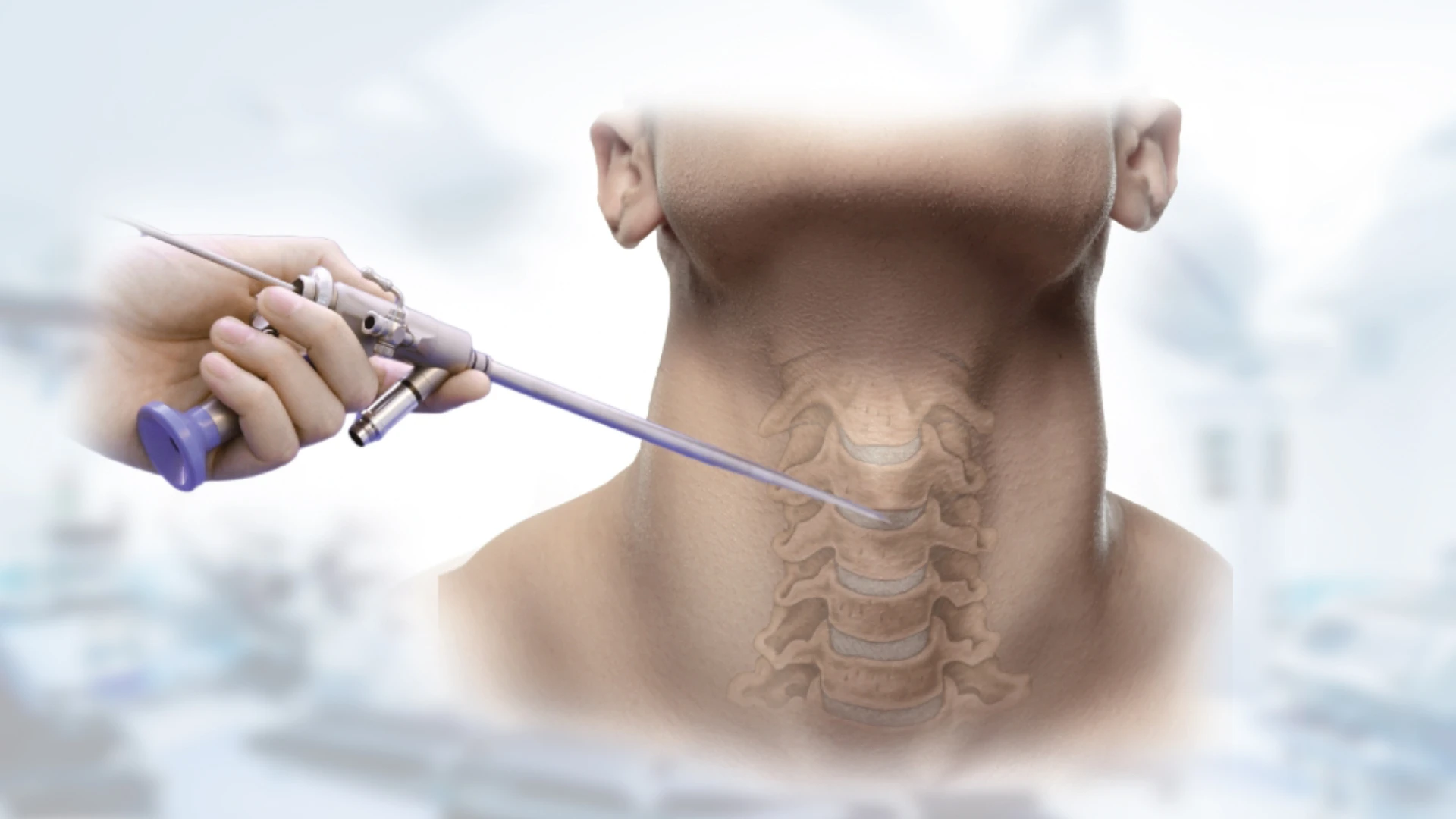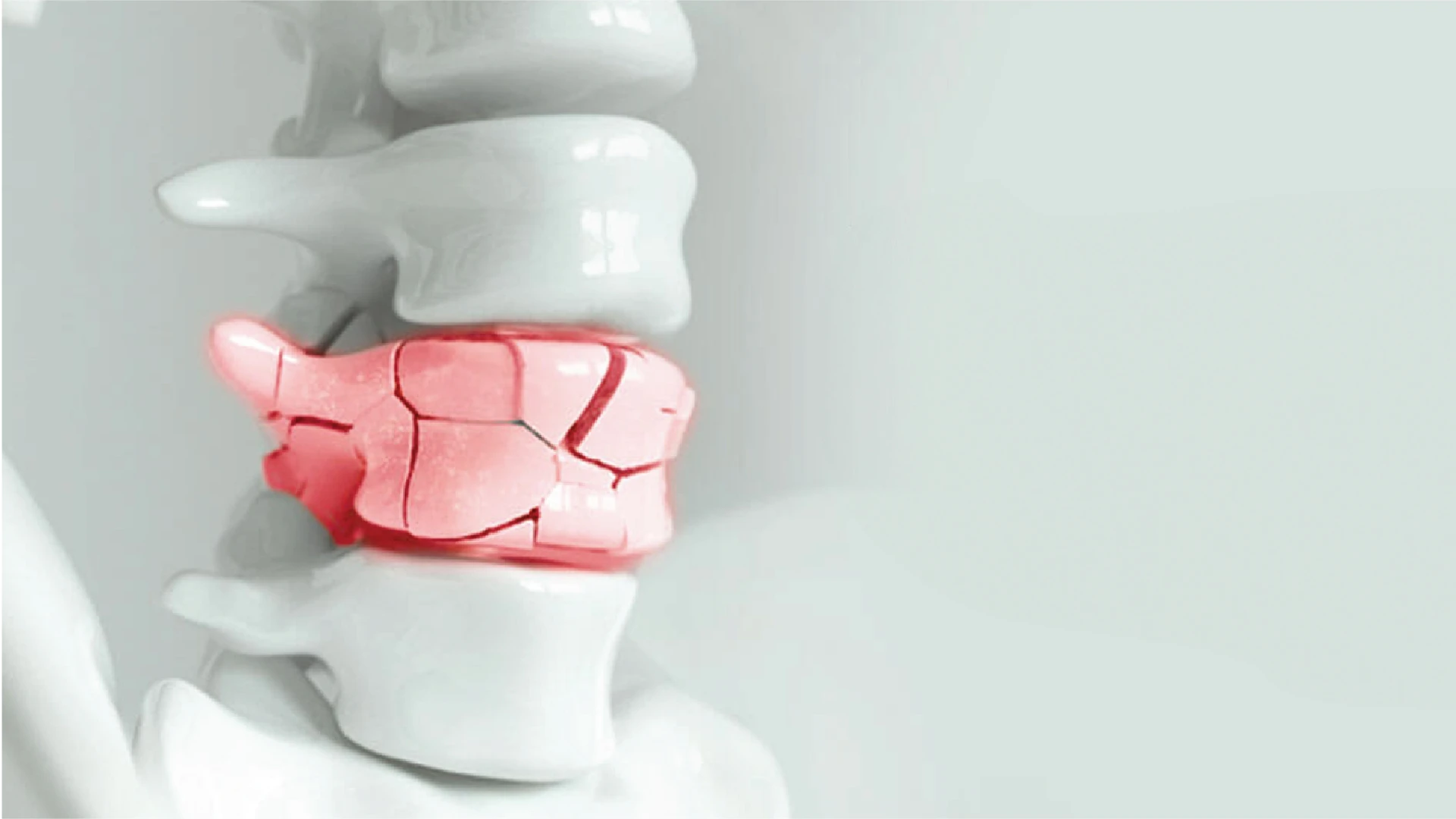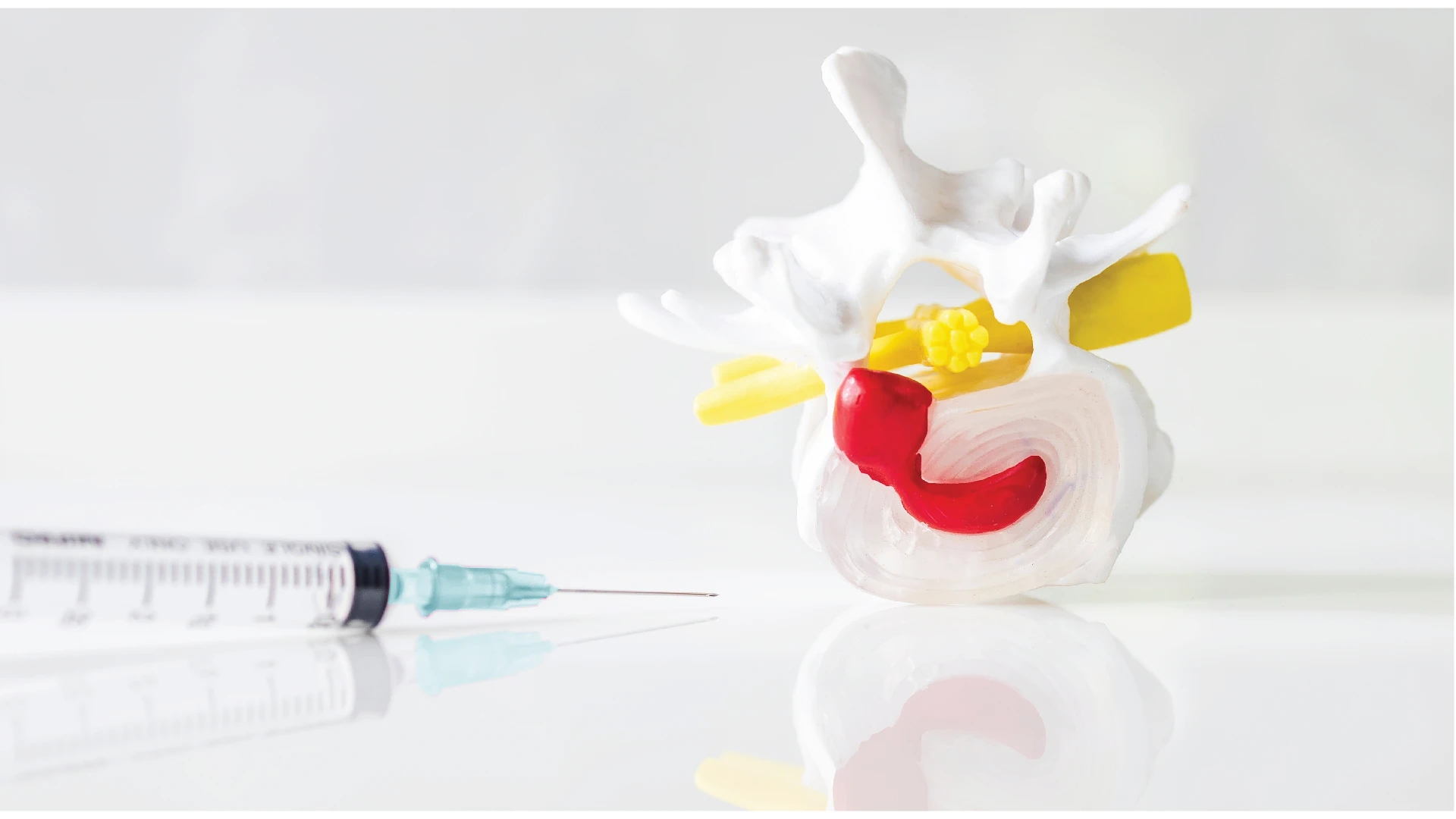ปวดหลังเรื้อรังไม่หาย จุดเริ่มต้นของโรคหมอนรองกระดูกสันหลังเสื่อม


หลายคนมักคิดเอาเองว่าอาการแบบนี้อาจเป็นแค่กล้ามเนื้ออักเสบจากพฤติกรรมซ้ำ ๆ แต่ในความจริงแล้ว อาจเป็นสัญญาณเริ่มต้นของความผิดปกติในกระดูกสันหลัง ที่อาจลุกลามกลายเป็นปัญหาใหญ่ในการใช้ชีวิต
หลายคนมักคิดเอาเองว่าอาการแบบนี้อาจเป็นแค่กล้ามเนื้ออักเสบจากพฤติกรรมซ้ำ ๆ แต่ในความจริงแล้ว อาจเป็นสัญญาณเริ่มต้นของความผิดปกติในกระดูกสันหลัง ที่อาจลุกลามกลายเป็นปัญหาใหญ่ในการใช้ชีวิต
อาการที่พบบ่อยในระยะเริ่มต้น
อาการปวดหลังเรื้อรังมักเริ่มต้นแบบค่อยเป็นค่อยไป แต่เมื่อเป็นซ้ำ ๆ บ่อยขึ้น จะเริ่มส่งผลกระทบต่อชีวิตประจำวัน โดยอาการที่พบได้บ่อย มีดังนี้:
ปวดหลังส่วนล่างแบบหน่วง ๆ หรือปวดตื้อ
มักเกิดขึ้นหลังนั่งนาน ยืนนาน หรือขับรถทางไกล ลักษณะอาการจะไม่ใช่ความเจ็บแปลบ แต่เป็นความรู้สึก “ล้า” หรือ “แน่นตึง” ลึก ๆ บริเวณบั้นเอว ซึ่งมักจะดีขึ้นเมื่อได้ขยับเปลี่ยนท่าทาง
หลังตึงตอนตื่นนอน
ตื่นเช้ามาแล้วรู้สึกว่าหลังแข็ง ยืดไม่สุด ต้องใช้เวลาสักพักถึงจะคลายตัวได้ การตึงในลักษณะนี้มักเกิดจากหมอนรองกระดูกที่เสื่อม หรือกล้ามเนื้อที่อ่อนแรง จนขาดความยืดหยุ่นจากการนอนในท่าเดิมเป็นเวลานาน
ปวดมากขึ้นเมื่ออยู่นิ่งนาน ๆ
อาการจะกำเริบเมื่อ “อยู่นิ่ง” หรือไม่มีการขยับร่างกาย ไม่ว่าจะเป็นการนั่งทำงาน ประชุม หรือแม้แต่นอนดูโทรทัศน์ อาการจะชัดเจนขึ้นเรื่อย ๆ จนรู้สึกปวดร้าวตื้อ ๆ จนต้องขยับลุกเดินบ่อย ๆ เพื่อคลายอาการปวดเมื่อย
อาการปวดดีขึ้นชั่วคราวเมื่อได้ขยับ
เมื่อได้ลุก เดิน ยืดตัว หรือขยับท่าใหม่ อาการจะทุเลาลงในทันที แต่จะกลับมาอีกเมื่ออยู่นิ่งซ้ำเดิม เป็นลักษณะของอาการปวดที่เกิดจากความผิดปกติในกระดูกสันหลัง มากกว่ากล้ามเนื้อเพียงอย่างเดียว
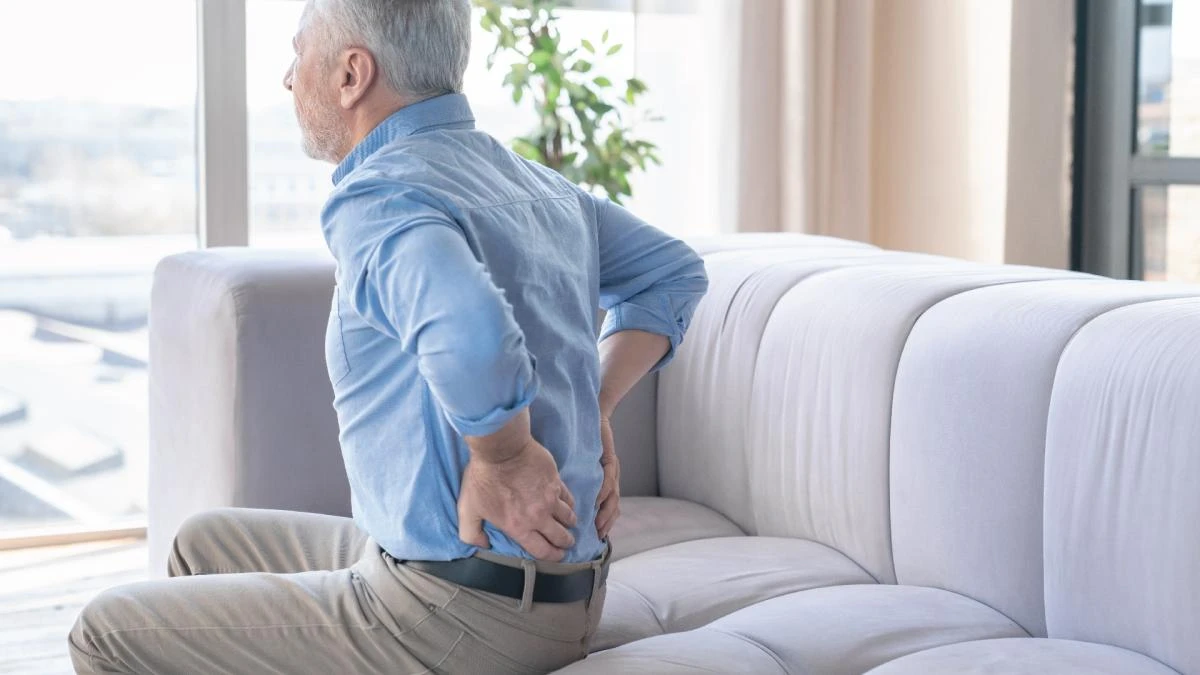
อาการเกิดจากอะไร?
หมอนรองกระดูกเสื่อม
เกิดจากอายุที่เพิ่มขึ้น หรือพฤติกรรมซ้ำ ๆ เช่น นั่งหลังงอ ยืนนาน หรือยกของหนัก ทำให้หมอนรองกระดูกสูญเสียความยืดหยุ่นและความสามารถในการรองรับแรงกด
หมอนรองกระดูกเคลื่อนเล็กน้อย (Herniated Disc ระยะแรก)
เมื่อหมอนรองกระดูกเริ่มปลิ้นออกจากตำแหน่ง แม้ยังไม่กดทับเส้นประสาทชัดเจน แต่จะทำให้เกิดแรงกดเบี้ยวหรือผิดธรรมชาติในบางจุด ทำให้ปวดซ้ำในบริเวณเดิมเรื้อรัง
กล้ามเนื้อหลังอ่อนแรงหรือเกร็ง
หากกล้ามเนื้อรอบกระดูกสันหลังไม่แข็งแรงพอ จะทำให้หลังทำงานหนักกว่าปกติ เกิดอาการเมื่อยล้า ปวดตึง และอักเสบได้ง่าย
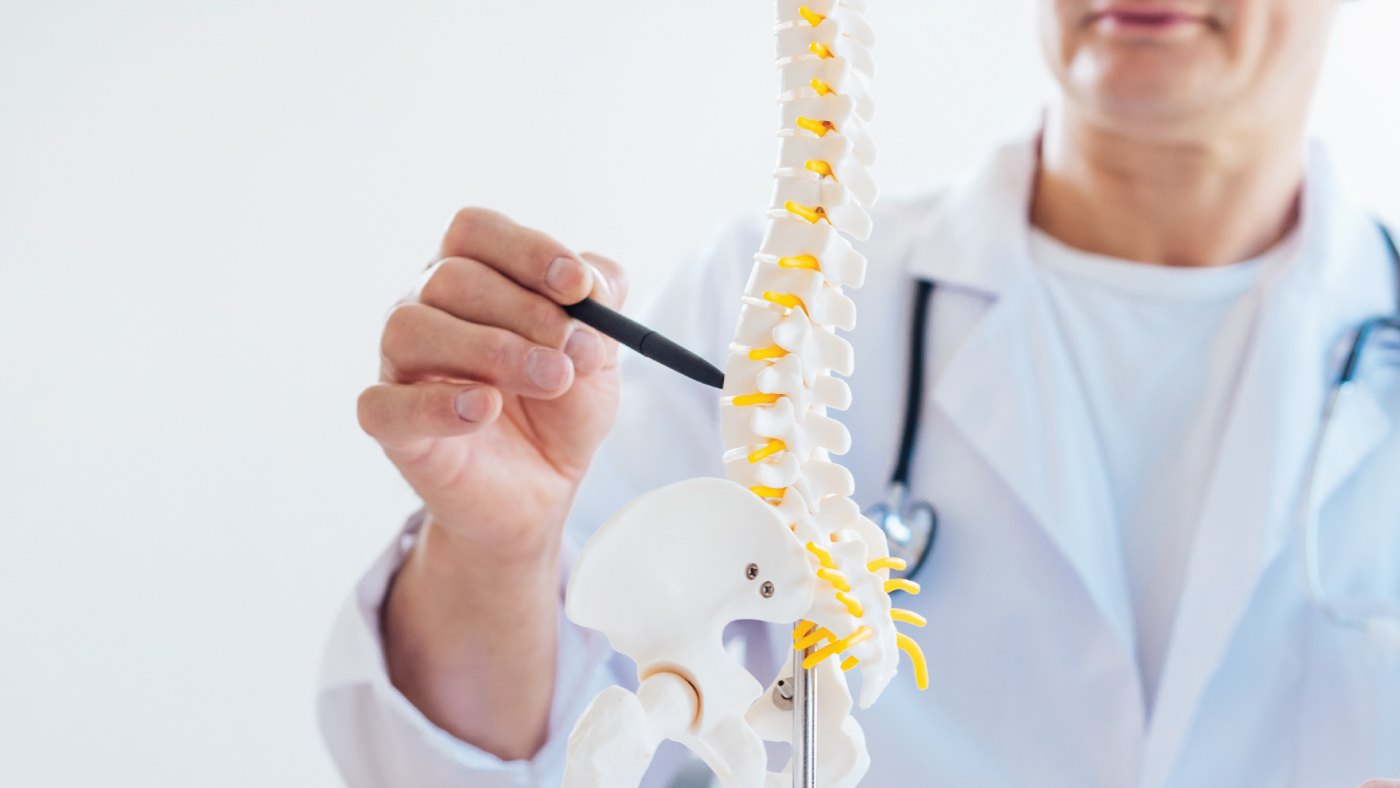
แนวทางการดูแลในระยะแรก
ที่โรงพยาบาลเอส โรงพยาบาลเฉพาะทางด้านกระดูกสันหลังและข้อ เราเน้นให้ความสำคัญกับการดูแลตั้งแต่ระยะเริ่มต้น ด้วยการค้นหาสาเหตุที่แท้จริงด้วยเครื่อง X-ray และ MRI สำหรับผู้ป่วยที่มีอาการปวดหลัง เพื่อให้แพทย์วินิจฉัยตำแหน่งของความผิดปกติว่ามีการกดทับเส้นประสาทหรือไม่ และวางแผนการรักษาได้อย่างถูกต้อง
ในกรณีที่อาการไม่รุนแรง การรักษาจะเริ่มจากวิธีที่ไม่ต้องผ่าตัด เช่น: การปรับเปลี่ยนพฤติกรรม นั่ กายภาพบำบัดเฉพาะจุด เสริมความแข็งแรงของกล้ามเนื้อ หรือ ฉีดยาระงับอาการปวด เพื่อลดอาการอักเสบ หรือ ในกรณีที่มีหมอนรองกระดูกปลิ้นแต่ไม่มาก แพทย์จะพิจารณาทำเลเซอร์ ให้หมอนรองกระดูกหดกลับเข้าที่ ช่วยให้ผู้ป่วยสามารถกลับมาใช้ชีวิตได้ตามปกติ
แผลเล็ก เสียเลือดน้อย
ไม่ต้องผ่าตัดแบบเปิดใช้เข็มขนาดเล็ก 1 มิลลิเมตร เจาะเข้าสู่บริเวณที่มีปัญหาทำให้แผลมีขนาดเล็กมาก เสียเลือดน้อย
Read More
Related Services

No. 2102/9 Ladprao Road, Wang Thonglang Subdistrict, Wang Thonglang District, Bangkok 10310
Call : 02-034-0808Our Services
Quick Menu
Copyright © 2025 S Spine and Joint Hospital. All right reserved


